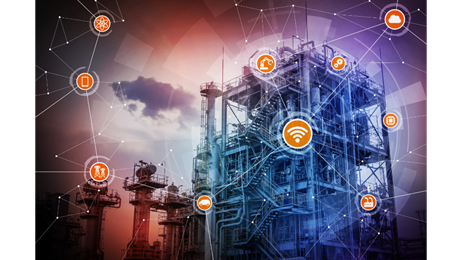Process Design
Process design is the planning phase where the physical, chemical, and biological processes are selected and arranged in a sequence to transform raw materials into finished products. It involves the following key elements:
1. Flow Diagrams and P&ID:
Process Flow Diagrams (PFDs):
These provide a high-level overview of the main process flow, major equipment, and key control loops. They are often used in the early stages of design.Piping and Instrumentation Diagrams (P&IDs):
These are more detailed and include information about piping, instrumentation, control devices, and more. They are essential for construction and operation.
2. Material and Energy Balances:
Material Balances:
This involves tracking the amount and composition of materials throughout the process, ensuring conservation of mass.Energy Balances:
This includes accounting for all energy inputs and outputs, helping in the design of energy-efficient processes.
3. Equipment Selection and Sizing:
Reactors:
Selection of the right type of reactor is crucial for the desired chemical transformation.Separators:
These are used to separate different phases or components, such as in distillation or filtration.Heat Exchangers:
These devices transfer heat between different fluids, playing a vital role in temperature control.
4. Process Control and Automation:
Sensors:
These are used to measure process variables like temperature, pressure, and flow rate.Controllers:
These devices receive information from sensors and make adjustments to control elements like valves to maintain desired conditions.

5. Economic Analysis:
Capital Costs:
This includes the cost of land, construction, equipment, and other upfront expenses.Operating Costs:
These are ongoing costs such as raw materials, labor, maintenance, and utilities.
6. Environmental and Safety Considerations:
Environmental Impact Assessments:
These evaluate potential environmental effects and propose mitigation strategies.Safety Analysis:
This includes hazard identification, risk assessment, and the implementation of safety measures.
7. Compliance with Regulations:
Standards and Codes:
Adherence to industry standards and building codes ensures that the design is safe and robust.Permitting:
Obtaining necessary permits ensures legal compliance and can include environmental permits, construction permits, etc.
8.Simulation and Optimization:
Process Simulation:
Using software to model and analyze the process, allowing for optimization and troubleshooting.Optimization Techniques:
Applying mathematical methods to find the best operating conditions and design parameters.
9.Integration with Other Processes:
Supply Chain Integration:
Coordination with suppliers and customers to ensure smooth flow of materials.Waste Minimization:
Designing processes that reduce or reuse waste, contributing to sustainability.
10. Human Factors and Ergonomics:
Operator Training:
Ensuring that operators are well-trained and that the design is user-friendly.Accessibility:
Designing the process with accessibility in mind, considering factors like equipment placement and workspace layout.
11. Lifecycle Considerations:
Constructability:
Considering ease of construction during design.Maintainability:
Designing for ease of maintenance to reduce downtime and costs.Decommissioning:
Planning for the eventual shutdown and dismantling of the process, including environmental restoration.
Process design is a complex and multifaceted task that requires a deep understanding of engineering principles, economics, environmental stewardship, safety, and regulatory compliance. It's a collaborative effort involving various disciplines and stakeholders, and it's essential for the successful development and operation of industrial processes.
Any Queries: chetan@s3dist.in || project@s3dist.in
Copyrights © 2024 All Rights Reserved. Powered by S CubeR Bio.


